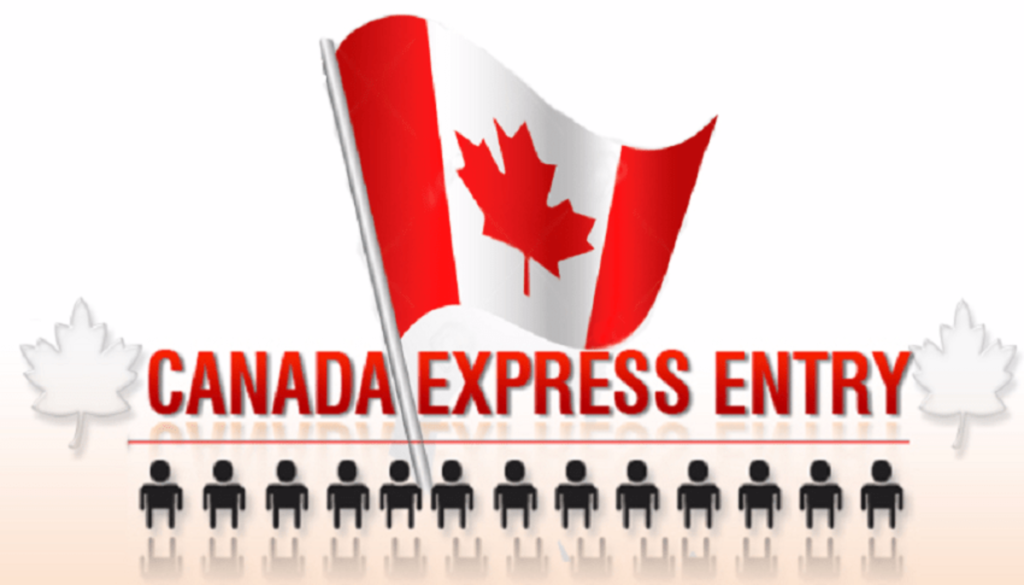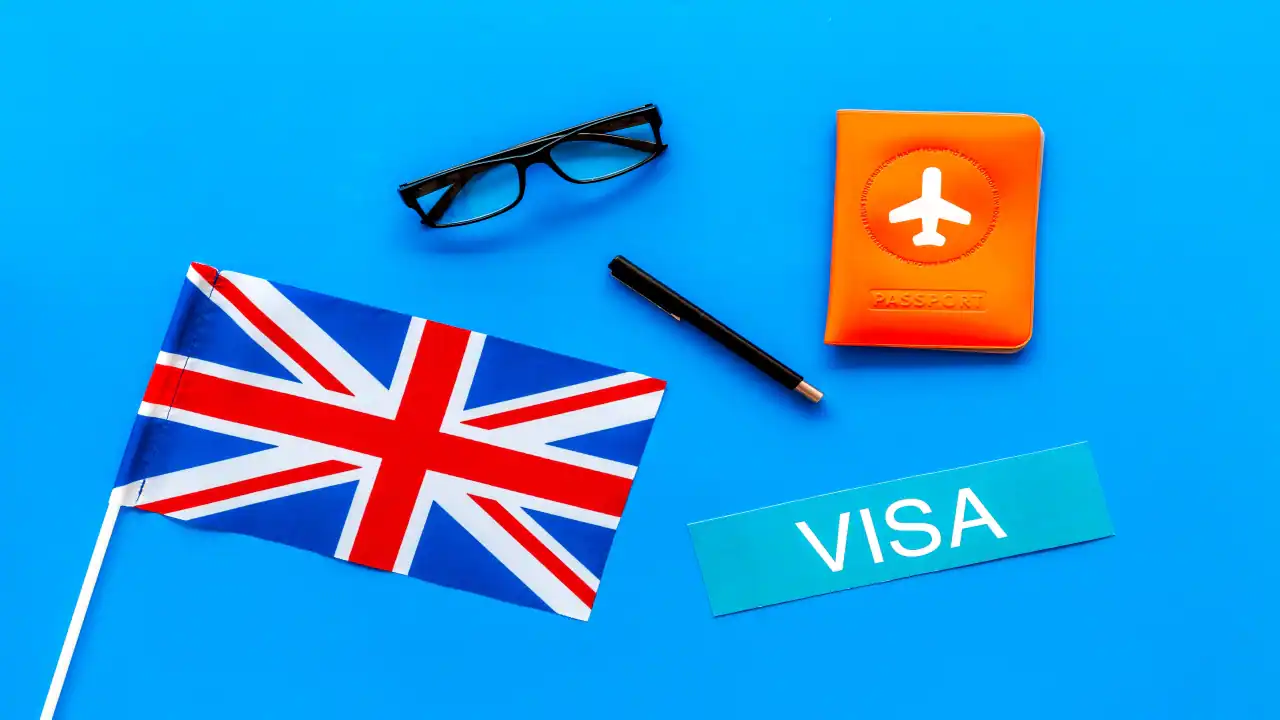Canada has long been one of the top immigration destinations globally, known for its high quality of life, welcoming environment, and diverse culture. Every year, thousands of individuals seek to relocate to Canada through various immigration routes, with family reunification being a significant part of the country’s immigration system. One of the most straightforward ways for individuals to move to Canada is through the marriage visa, or more formally, the spousal sponsorship route.
Advertisements
The marriage visa offers a unique pathway for those who are married or in a committed relationship with a Canadian citizen or permanent resident. However, understanding the intricacies of the process is essential for a successful application. This article will guide you through the marriage visa route, offering insights into the eligibility requirements, application process, and what to expect once you begin your life in Canada.
Overview of Canada’s Immigration System
Canada’s immigration system is designed to facilitate the movement of individuals for work, education, and family reunification purposes. Among the key objectives of Canada’s immigration policy is the reunification of families, which is why the spousal sponsorship program holds a significant place in the immigration framework.
Under the family sponsorship category, Canadian citizens and permanent residents can sponsor their spouses, common-law partners, and dependent children to become permanent residents of Canada. The spousal sponsorship program, often referred to as the marriage visa, allows individuals to bring their foreign partners to Canada under a permanent resident status.
Canada’s immigration system provides several pathways to permanent residency, including economic immigration (e.g., Express Entry) and family sponsorship. The spousal sponsorship route stands out because it prioritizes keeping families together, making it a vital component of Canada’s immigration policies. With a successful sponsorship, a spouse or partner can enjoy the same rights and benefits as other permanent residents in Canada.
What is the Marriage Visa (Spousal Sponsorship)?
The marriage visa, or spousal sponsorship, is a Canadian immigration program that allows citizens and permanent residents to sponsor their spouses or partners for permanent residency. This program is a crucial part of the family class immigration category, designed to promote family reunification.
The program recognizes three main types of relationships:
- Spouses: Legally married partners.
- Common-law partners: Couples who have lived together for at least one year in a conjugal relationship.
- Conjugal partners: Partners who have been in a committed relationship for at least a year but are unable to live together due to legal or immigration barriers.
There are two types of applications within spousal sponsorship:
- Inland Sponsorship: If the spouse is already in Canada, they can apply for sponsorship while residing in the country.
- Outland Sponsorship: If the spouse is living outside Canada, the application is processed through their home country, though they may still visit Canada during the process.
The marriage visa allows sponsored spouses to live, work, and study in Canada as permanent residents, making it an attractive option for couples looking to build their future together in Canada.
Requirements for Spousal Sponsorship
To apply for spousal sponsorship, both the sponsor and the spouse must meet specific eligibility criteria:
Sponsor Eligibility:
- Canadian Citizenship or Permanent Residency: The sponsor must be a Canadian citizen or a permanent resident living in Canada.
- Financial Stability: The sponsor must demonstrate the ability to support the sponsored spouse financially and ensure they do not rely on government assistance. However, there is no minimum income requirement for spousal sponsorship.
- Legal Age: The sponsor must be at least 18 years old.
- No Default on Previous Sponsorships: If the sponsor has previously sponsored another spouse or family member, they must not have defaulted on that obligation.
Spouse Eligibility:
- Legal Marriage or Common-Law Relationship: Proof of a valid marriage or common-law relationship is required. Marriage certificates, joint accounts, or lease agreements can be used as proof.
- Admissibility to Canada: The spouse must not be criminally inadmissible or have any health conditions that could pose a public health risk.
Documentation Required:
- Proof of Relationship: Applicants need to provide evidence that their relationship is genuine, including marriage certificates, photos of the couple, and proof of joint financial responsibility.
- Background Checks: Both the sponsor and spouse must undergo background checks and provide police certificates from countries they’ve resided in.
- Medical Examinations: The sponsored spouse will need to undergo a medical exam as part of the application process.
The authenticity of the relationship is critical. The Canadian government takes extra steps to ensure that marriages or partnerships are genuine and not made solely for immigration purposes. Couples should be prepared to provide additional documentation, such as proof of shared finances, travel history, and communication logs, to demonstrate their relationship.
Application Process for Spousal Sponsorship
The spousal sponsorship process involves several steps:
Step-by-Step Guide:
- Confirm Eligibility: Ensure both the sponsor and spouse meet all requirements.
- Gather Documentation: Collect necessary documents, including proof of the relationship, financial statements, and police clearances.
- Complete Application Forms: Both the sponsor and spouse must fill out specific forms from the Canadian government website.
- Pay Application Fees: The application fees typically cover processing, biometrics, and permanent residency rights.
- Submit the Application: Once everything is complete, submit the application to Immigration, Refugees and Citizenship Canada (IRCC).
Inland vs. Outland Sponsorship:
- Inland Applications: If the spouse is already in Canada, they can apply inland and may be eligible for an open work permit while their application is processed. Inland applications can take longer but allow the spouse to stay in Canada during processing.
- Outland Applications: If the spouse is outside Canada, they apply through the visa office responsible for their country. Outland applications often process faster but require the spouse to remain outside Canada or travel on a visitor visa during the process.
After submitting the application, the government will review the paperwork, conduct background checks, and may request an interview to confirm the relationship’s authenticity. Some couples may be required to submit biometric data, such as fingerprints.
The processing time can range from 12 to 24 months, depending on the complexity of the case and the workload of immigration offices. Applicants should be patient and prepare for possible delays, especially if additional documents are requested.
Rights and Responsibilities of Sponsors and Sponsored Spouses
Sponsors have specific financial and legal responsibilities toward their sponsored spouse:
Financial Obligations:
- Sponsors must commit to providing financial support for their spouse for up to three years after they obtain permanent residency. This support ensures that the spouse does not become dependent on social assistance.
- If the sponsored spouse receives government financial aid during this period, the sponsor must repay it.
Rights of Sponsored Spouses:
- Sponsored spouses have the right to live, work, and study in Canada once they receive permanent residency.
- Spousal sponsorship is not conditional upon the relationship remaining intact after permanent residency is granted. However, if there is evidence of a fraudulent relationship, the sponsorship can be revoked.
If the spousal sponsorship application is denied, the sponsor has the right to appeal the decision through the Immigration Appeal Division (IAD) within a specified period. Successful appeals are typically based on proving the genuineness of the relationship or correcting errors in the application process.
Common Challenges and Pitfalls
The spousal sponsorship process can be complex, and several common challenges may arise:
Reasons for Application Denial:
- Incomplete Documentation: Missing forms, signatures, or documents can lead to rejection or delays.
- Lack of Proof of Relationship: Inadequate evidence of a genuine relationship is one of the most common reasons for refusal.
- Criminal or Medical Inadmissibility: Criminal records or serious medical conditions can render the spouse inadmissible to Canada.
Avoiding Delays and Rejections:
- Ensure Complete and Accurate Documentation: Double-check that all forms are filled out correctly, and submit strong evidence of the relationship.
- Hire an Immigration Consultant or Lawyer: For complex cases, it may be helpful to consult an immigration professional to avoid errors.
Being proactive, organized, and honest throughout the application process can help prevent delays and increase the chances of success.
How to Prepare for Life in Canada as a Sponsored Spouse
Relocating to a new country can be both exciting and challenging. As a sponsored spouse, there are several steps you can take to prepare for life in Canada:
Cultural Adjustments and Language Proficiency:
- English or French language skills are crucial for integration. Take language courses before moving if necessary.
- Understanding Canadian culture and social norms will help ease the transition.
Employment and Education:
- Research the Canadian job market in advance. Utilize job search websites, networking events, and government resources for newcomers.
- If you wish to pursue education, explore available educational institutions and determine if your foreign qualifications are recognized.
Healthcare, Housing, and Community Support:
- Familiarize yourself with Canada’s healthcare system, which is publicly funded. Ensure you apply for provincial healthcare as soon as you arrive.
- Secure housing in advance or live with your sponsor until you find permanent accommodation.
- Join community groups and networks for new immigrants to build a social support system.
Canada offers several government programs aimed at helping newcomers settle into the country, including language training, employment support, and cultural orientation programs.
Conclusion
Relocating to Canada through the marriage visa or spousal sponsorship route offers a unique opportunity for couples to build their lives together in one of the world’s most desirable immigration destinations. By carefully understanding the eligibility requirements, gathering the right documentation, and following the application process, couples can improve their chances of a successful application.
While the process can be lengthy and complex, the spousal sponsorship program reflects Canada’s commitment to family reunification. If you’re considering this route, take time to prepare thoroughly, seek professional guidance if needed, and be patient throughout the application process. Moving to Canada can be the beginning of a new chapter, filled with opportunities for growth, stability, and success.





